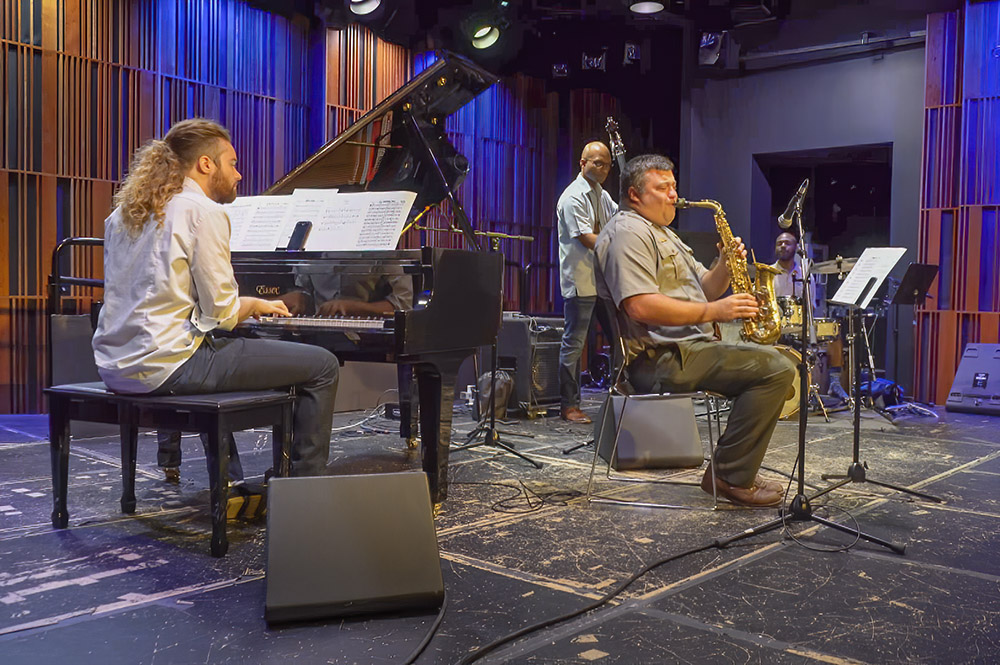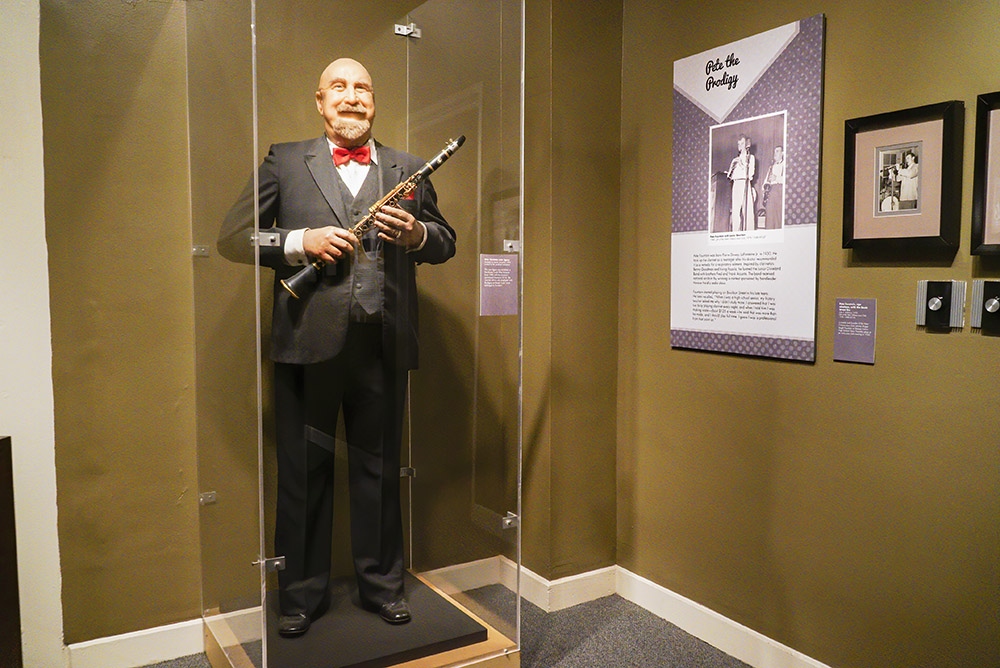In the city where jazz was born, you can see and hear its history in a state museum in the French Quarter. The New Orleans Jazz museum features live performances along with treasured jazz artifacts.

This museum, operated jointly by the State of Louisiana and the National Park Service, goes far beyond static displays of historical music artifacts to tell this history of an American artform. In this museum, jazz is alive. “I definitely never thought I would be a park ranger, let alone a Jazz Park Ranger,” explains ranger and saxophonist James Barry. “There are four rangers here that are musicians,” Barry says, “and as far as we know, we are the only park rangers that are musicians first in the world”.
At these weekly performances, audience members are able to interact with the musician, and Barry adds that allows visitors to find out, “not only what’s going on onstage, but what is life like as a musician in this city”.

The old U.S. Mint, which produced coins in New Orleans from 1838 to 1909, has been transformed into a major museum in the French Quarter. In addition to the live musical performances, the museum features the original instruments that were played by some of New Orleans’ most renowned musicians.
“We have one of Fats Domino’s Pianos”, says Museum Director Greg Lambousy, “and the piano that Professor Longhair among many great pianists played at Tipitina’s”. You can also see the cornet that a very young Louis Armstrong learned to play on while at the Colored Waif’s Home for Boys.

One exhibit features a room full of artifacts commemorating the life of New Orleans native Pete Fountain and his musical contributions. Along with Fountain’s clarinet, the museum features instruments of other early jazz pioneers, including women and their influences on the music.

Lambousy says jazz, “really has influenced world music and influenced R and B, rock and roll, country and everything you can think of that’s modern.” You can see and hear how the music is a creative blend of ethnic rhythms and melody that were born here more than a century ago, and still echo through the streets of New Orleans.
400 Esplanade Ave, New Orleans, LA 70116


Leave a Reply